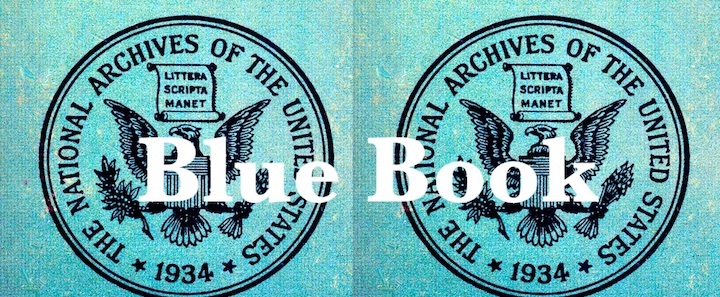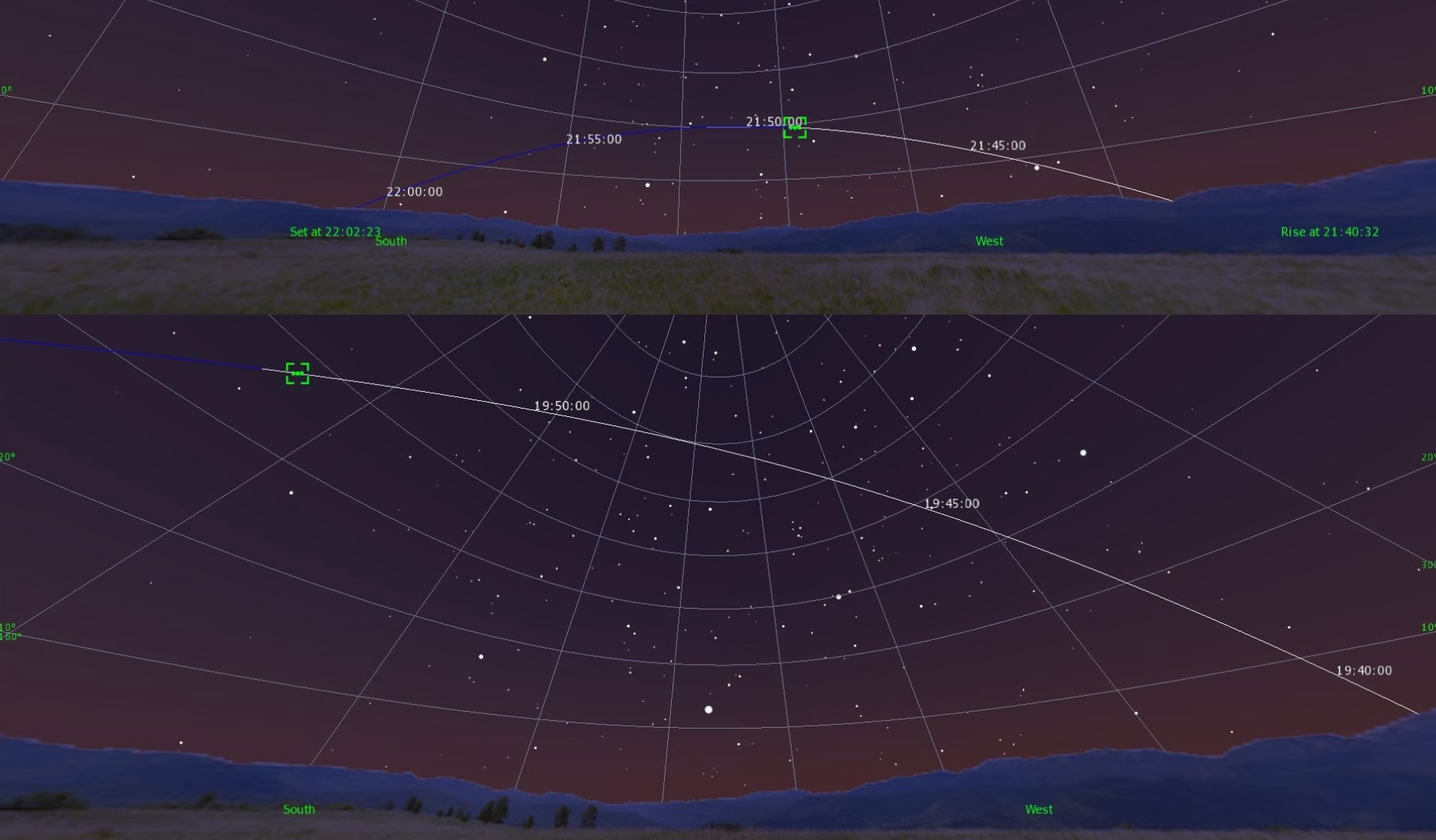12.04.2024

The 701 club: Case 7742: November 23, 1961 Sioux City, Iowa
Don Berlinner describes the case as follows:
Nov. 23, 1961; Sioux City, Iowa. 9:30 p.m. Witness: F. Braunger. One bright red star flew straight and level for 15 minutes.1
Sparks’ entry is basically a repeat of Berlinner’s.
The Blue Book file3
The case file consists of the teletype message documenting the sighting and a two paragraph memo discussing the sighting and the possible source. Counting the record card, there are a total of six pages. Details about the sighting:
•
Red. Large star.
•
Initially observed 40 degrees above horizon.
•
Lower than 40 degrees above horizon when it disappeared.
•
North to south trajectory
•
15 minute duration (approx.).
•
Observed on 24th at 0330Z
•
No cloud cover
•
Winds were NW at 30-70 knots from 6000 - 20000 feet. Above 50,000 feet, winds were from the west at 40 knots.
In the memo, it stated, “Echo 1 crossed the equator headed north at 24/0310Z and would have been over Japan heading north at the time of the reported sighting.” The memo also appeared to eliminate balloons or aircraft. The elimination of aircraft was based on the duration reported.
Analysis
The record card mentions that the Echo satellite was eliminated because the satellite was on the other side of the planet at 0330Z.
However, it was visible from Iowa 20 minutes later at 0350Z going from NW to South. It would have disappeared in the SW as it passed into shadow after 10 minutes visibility (see top image). An even more interesting pass happened around 0145Z (see bottom image). This appeared in the WNW and disappeared in the SE. It was visible for about 15 minutes and disappeared into shadow at 0153Z at an elevation angle of 35-40 degrees and azimuth of about 155 degrees. It is interesting that the two Echo passes had similar trajectories to the one described. The 0140-0153Z pass fits the description most accurately, while the 0340-0350Z pass is closer to the time reported.

When one looks at these reports it is hard to determine if the time given for the event was the actual time, an estimated time, or the time the USAF received the report. The message was completed by the duty officer based on a report (probably a phone call) from civilians in town who reported the event. These kinds of reports can often be prone to error. Maybe the duty officer, who collected the data got the time wrong or wrote down the time the witness made the report. There is also going to be some margin for error in when the witness states the time occurred. Looking at meteor fireball reports, the time listed can often deviate up to an hour from the actual event though the bulk of the reports are usually within 10-20 minutes. The DTG for the message was 0530Z. This means, the event was reported before this. One has to at least consider the possibility that the time may have been incorrect and the Echo pass at 0345 or 0145Z might have been the source of the sighting.
Conclusion
This event could have been an observation of the Echo satellite. This is based on the possibility that the time given was could be in error. One must remember that all this was a sighting of a light moving across the sky and nothing more. There was no distinct shape reported other than a point of light that moved in a straight line. The Echo satellite made two passes that night, which were visible from that location, and moved in the same direction described by the witnesses. The duration of the passes were within the range of the duration estimate made by the witness. I would classify this as a possible Echo sighting and remove it from the list of unidentifieds.
Quelle: SUNlite 6/2023

